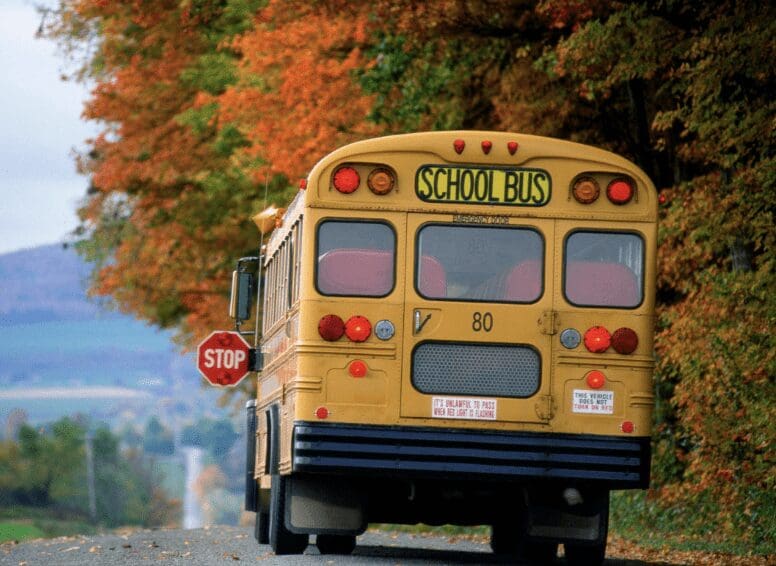The Public School Transportation Committee once again said it would recommend a raise in bus driver salaries, along with measures for bus safety and security, insurance and benefits.
The 13-person committee’s purpose is to make yearly suggestions by April 1 for improvements related to the state transportation formula.
In Monday’s committee meeting, the group confirmed again it wants bus drivers to make $25 an hour, up from the state standard of $22.50.
This recommendation has already been suggested by the Public Education Compensation Committee.
The compensation committee was charged with evaluating educator pay and making recommendations that would keep workers from abandoning Delaware for more lucrative jobs in Maryland and New Jersey.
“I would say maybe put a pin in salaries until the governor’s recommended budget comes out in January,” said Kim Klein, who is the associate secretary of operations support for the Delaware Department of Education. “Because if he puts forth a plan to get $25 an hour then it wouldn’t make sense to include it.”
If the state adapts the suggestion, it will cost Delaware just under $4.4 million. Because the state funds 90% of Delaware educator’s pay, local districts will pay $484,734.78 collectively.
Kelly Shahan, manager of transportation at Red Clay Consolidated School District, brought up safety and security on buses.
Several committee members pointed out that safety concerns and lack of disciplinary consequences for students misbehaving on buses is a deterrent for bus drivers, which adds to the shortage.
Shahan recommended having evaluations of transportation yards, which will help detect potential threats. For example, some districts have been hit with catalytic converter thieves, who might hop or cut through the fence of a bus yard to steal the parts.
This creates operational and financial challenges to districts.
Schools should consider investing in cameras for all buses, two-way radios, GPS, student-tracking systems to ensure safety, she said, acknowledging that Red Clay is in a fortunate position of being such a large district and able to afford these safety features.
Red Clay uses an app that scans each student onto the bus, so the driver can be sure all his or her assigned students have entered the bus, are accounted for, and are ready to go to school or return home.
There were also suggestions to offer more benefits, such as healthcare, dental and vision to all bus drivers, whether they work for a district or a private contractor.
In previous meetings, some committee members called for benefits and increases in pay for other transportation workers, such as bus aids and mechanics.
There were also some requests to evaluate the idea of the state potentially paying more for insurance for buses below the C&D Canal.
The average insurance this year for a bus last year was $3,031.44 south of the canal, but the state funds $2,104 per bus. The Delaware School Bus Contractors Association has asked for that gap to be filled, especially with insurance costs rising pretty regularly.
“We expect to see a tightening of funds available this year,” Klein said, adding there’s a lot of competing demands for a limited pool of state funds.
She suggested moving away from an “all or nothing” attitude which could yield nothing, and said the committee might need to take stepping stones year-to-year to get its requests met by the state.
The committee agreed to revisit the insurance requests at its December meeting.
Although it was not discussed in the meeting, the state also is feeling pressure from a recent law that requires that the Department of Education make 30% of their school bus purchases electric by 2030, with a 5% increase each year starting in fiscal year 2025.
The cost of those buses are rising and they are harder to get as demand increases for them around the country.
Final recommendations will be solidified in early 2024 with a report submitted to the Office of Management and Budget in April.

Raised in Doylestown, Pennsylvania, Jarek earned a B.A. in journalism and a B.A. in political science from Temple University in 2021. After running CNN’s Michael Smerconish’s YouTube channel, Jarek became a reporter for the Bucks County Herald before joining Delaware LIVE News.
Jarek can be reached by email at [email protected] or by phone at (215) 450-9982. Follow him on Twitter @jarekrutz
Share this Post





